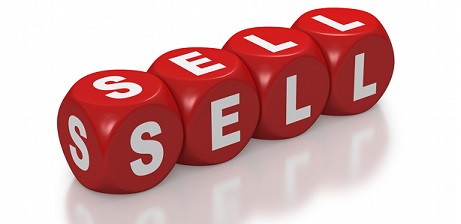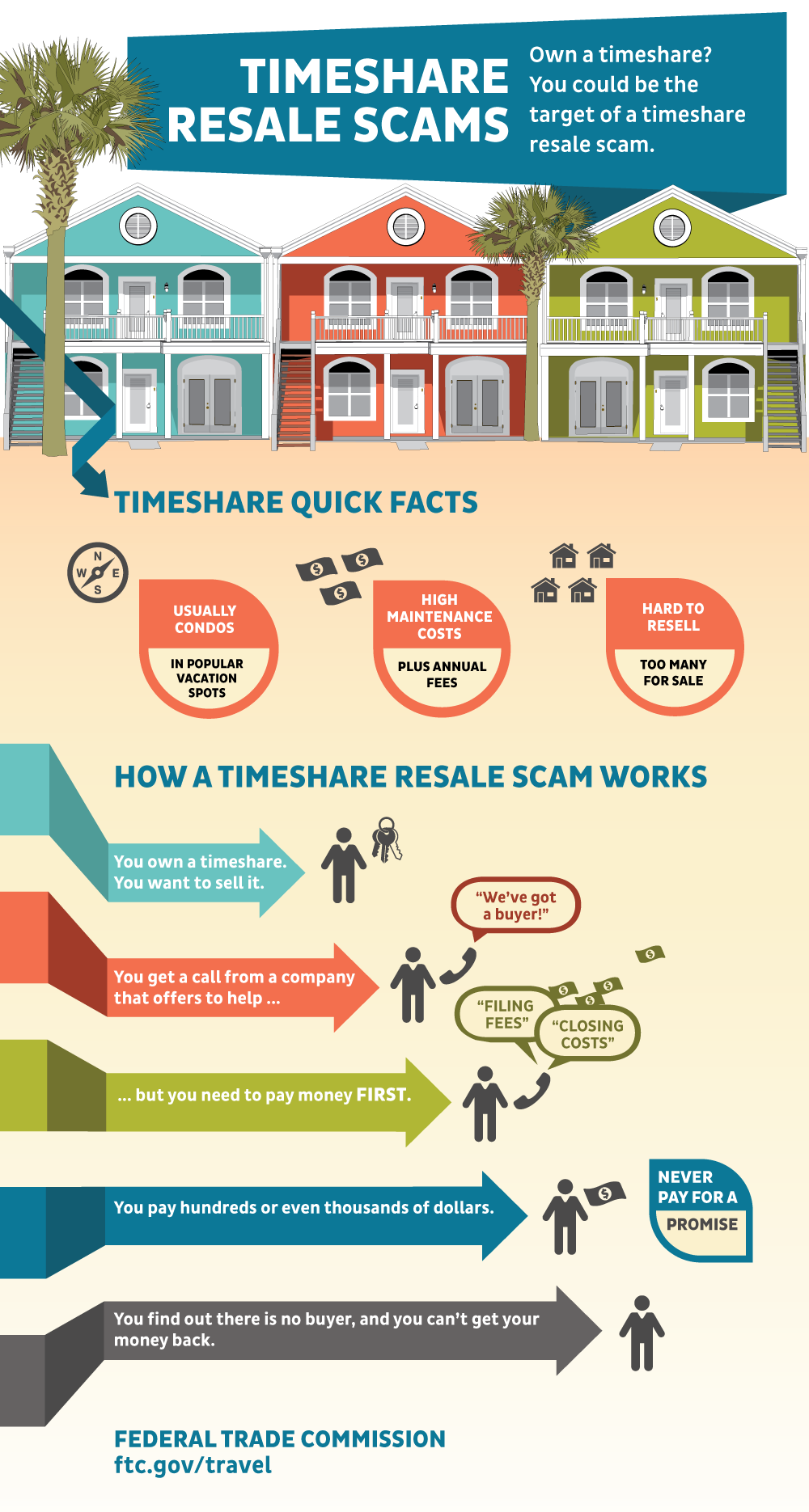Rate locks been available in various types a percentage of your home mortgage quantity, a flat one-time cost, or merely an amount figured into your interest rate. You can lock in a rate when you see one you want when you initially obtain the loan or later on at the same time. While rate locks typically prevent your rate of interest from increasing, they can also keep it from going down.

A rate lock is rewarding if an unforeseen increase in the rates of interest will put your home mortgage out of reach. If your down payment on the purchase of a house is less than 20 percent, then a loan provider might require you to spend for private home mortgage insurance, or PMI, due to the fact that it is accepting a lower quantity of up-front money toward the purchase.
The expense of PMI is based upon the size of the loan you are obtaining, your down payment and your credit rating. For example, if you put down 5 percent to buy a home, PMI may cover the additional 15 percent. If you stop making payments on your loan, the PMI activates the policy payment in addition to foreclosure procedures, so that the lender can repossess the house and offer it in an attempt to restore the balance of what is owed.
Your PMI can likewise end if you reach the midpoint of your reward for instance, if you secure a 30-year loan and you complete 15 years of payments.
A mortgage is a long-term loan developed to help you buy a home. In addition to repaying the principal, you likewise have to make interest payments to the lender. The home and land around it function as security. But if you are seeking to own a house, you need to understand more than these generalities.
Home loan payments are comprised of your principal and interest payments. If you make a deposit of less than 20%, you will be needed to get personal home loan insurance, which increases your monthly payment. Some payments also consist of realty or property taxes. A customer pays more interest in the early part of the mortgage, while the latter part of the loan favors the principal balance.
Home mortgage rates are often pointed out on the night news, and speculation about which instructions rates will move has end up being a standard part of the monetary culture. The modern home loan entered being in 1934 when the governmentto help the country got rid of the Great Depressioncreated a mortgage program that decreased the needed deposit on a house, increasing the quantity possible homeowners could borrow.
Today, a 20% down payment is preferable, primarily because if your deposit is less than 20%, you are required to take out personal home loan insurance coverage (PMI), making your regular monthly payments greater. Preferable, however, is not always achievable. There are home mortgage programs offered that permit substantially lower down payments, but if you can handle that 20%, you certainly should.
Size is the quantity of cash you obtain and the term is the length of time you have to pay it back. Typically, the longer your term, the lower your month-to-month payment. That's why 30-year home mortgages are the most popular. Once you understand the size of the loan you require for your new house, a home loan calculator is a simple way to compare mortgage types and various loan providers.
As we take a look at them, we'll use a $100,000 home loan as an example. A part of each home mortgage payment is devoted to repayment of the primary balance. Loans are structured so the quantity of principal returned to the borrower starts low and increases with each mortgage payment. The payments in the first years are applied more to interest than principal, while the payments in the final years reverse that situation.
Interest is the lender's reward for taking a threat and loaning you money. The rates of interest on a home loan has a direct influence on the size of a home mortgage payment: Higher interest rates indicate greater home mortgage payments. Greater interest rates usually lower the quantity of money you can borrow, and lower rates of interest increase it.
The same loan with a 9% interest rate results in a regular monthly payment of $804.62. Property or property taxes are examined by federal government agencies and used to fund public services such as schools, police, and fire departments. Taxes are determined by the government on a per-year basis, but you can pay these taxes as part of your month-to-month payments.

The lender collects the payments and holds them in escrow up until the taxes have to be paid. Like real-estate taxes, insurance payments are made with each home mortgage https://timesharecancellations.com/author/titan-wesleyf/ payment and held in escrow up until the expense is due. There are comparisons made in this procedure to level premium insurance coverage. There are 2 kinds of insurance coverage that may be consisted of in a mortgage payment.
The other is PMI, which is compulsory for individuals who buy a home with a deposit of less than 20% of the expense. This kind of insurance coverage secures the loan provider in the event the borrower is not able to pay back the loan. Due to the fact that it minimizes the default danger on the loan, PMI also allows lending institutions to sell the loan to financiers, who in turn can have some guarantee that their debt financial investment will be paid back to them.
Home loan insurance might be canceled when the balance reaches 78% of the initial worth. While principal, interest, taxes, and insurance make up the typical mortgage, some individuals choose mortgages that do not consist of taxes or insurance coverage as part of the monthly payment. With this type of loan, you have a lower regular monthly payment, but you need to pay the taxes and insurance coverage by yourself.
As kept in mind previously, the first years' home loan payments consist primarily of interest payments, while later payments consist mostly of principal. In our example of a $100,000, 30-year mortgage, the amortization schedule has 360 payments. The partial schedule shown below demonstrates how the balance in between principal and interest payments reverses over time, approaching greater application to the principal.
At the start of your home loan, the rate at which you get equity in your house is much slower. This is why it can be great to make extra primary payments if the home loan permits you to do so without a prepayment charge. They decrease your principal which, in turn, decreases the interest due on each future payment, moving you towards your supreme objective: paying off the home mortgage.